Dawon (Traditional Tea Garden) (전통다원)
1.4Km 18281 2020-02-20
11-4, Insadong 10-gil, Jongno-gu, Seoul
+82-2-730-6305
Dawon is a tea house that operates in a hanok (traditional Korean house). Located in the busy tourist area of Insa-dong, this place offers the visitors a moment to relax and find peace in the city. When seated, greenery and flowers in the private garden make for a nice view while sipping tea and snacking on Korean desserts like assorted ttoek (rice cakes). There are many teas available, with more than 15 varieties, all of which originate from Korea. Dawon's peaceful atmosphere and authentic experience make it a must visit for anyone in the Insa-dong area.
Mingadaheon Tea House (Min's Club) (민가다헌)
1.4Km 1795 2015-10-23
23-9, Insadong 10-gil, Jongno-gu, Seoul-si
+82-2-733-2967
Le nom d’origine du Mingadaheon (Min’s Club) était Minikduga (la maison de Minikdu), mais l’endroit a été rebaptisé et redécoré pour en faire un restaurant fusion en 2001.
Minikduga a été conçue par Gilryong Park (1898-1943), le pionnier de l’architecture coréenne moderne en 1930. Cette maison, située à Gyeongun-dong, est un bâtiment historique qui aide à comprendre les changements dans l’architecture coréenne.
L’extérieur du bâtiment ressemble à une maison coréenne traditionnelle, tandis que l’intérieur est décoré d’une façon moderne. La maison possède des meubles victoriens et une cheminée.
Mingadaheon propose six sortes de plats coréens et fusion pour le repas de midi et le dîner. On y sert également trois sortes de thés verts de Boseong-gun, ainsi que huit sortes de gâteaux de riz faits main, de thés et de snacks coréens servis avec les menus. Les clients peuvent faire leur choix parmi 200 vins différents.
Bubu Sikdang (부부식당)
1.4Km 309 2021-03-26
43, Dongsung-gil, Jongno-gu, Seoul
+82-2-765-6056
You can enjoy fusion dishes in a cozy atmosphere. This Korean dishes restaurant is located in Jongno-gu, Seoul. The representative menu is royal stir-fried rice cake.
Myeongdong Guesthouse Como [Korea Quality] / 명동게스트하우스 꼬모 [한국관광 품질인증/Korea Quality]
1.4Km 120 2023-04-13
12, Toegye-ro 24-gil, Jung-gu, Seoul
+82-2-755-5437
This guesthouse is located only 3 min away by foot from the Myeongdong Station on Seoul Subway Line 4. It is a particularly popular guesthouse for international travelers, assisted by front staff proficient in English and Chinese. The guesthouse offers free luggage storage services.
Even though Como is a guesthouse, it occupies a sizable 4-story building. The first-floor lobby offers breakfast in the morning hours, while the rooftop offers a panoramic view of the Seoul city center.
Bedrooms are fitted with lemon-colored walls and white bedding. Excellent amenities like WiFi, TV, air conditioning, and refrigerator are designed for the benefit of the guests. In particular, guests have access to bathrooms with shower in each of the rooms. There are five types of rooms in total, ranging from the Standard Single to Standard Quad for 4, offering a variety ideal for all arrangements.
The guesthouse also offers excellent walkable access to Myeongdong, one of the most popular shopping districts in Seoul, as well as major sights like N Seoul Tower, Sungnyemun Gate, and Namdaemun Market being reachable in 10 min by car.
Gaeseong Mandu Koong (개성만두 궁)
1.4Km 20159 2023-05-24
11-3, Insadong 10-gil, Jongno-gu, Seoul
+82-2-733-9240
Gaeseong Mandu Koong has served Gaeseong-style mandu (dumplings) for more than 30 years. The elderly proprietor, who fled south during the Korean War runs this restaurant with the help of her granddaughters. Characterized by its delicate taste, Gaeseong mandu stuffing consists of pork and various vegetables such as cabbage and pumpkin. This restaurant's mandu is so popular that it sometimes gets sold out even before evening. Typical menu includes mandu-jeongol (hot pot) and mandu-guk (soup). The hot pot is made of various ingredients including mandu, rice cakes, mushrooms, and meat, and serves two to three persons. For several persons, it's recommended to eat bossam (boiled meat slices wrapped in lettuce leaves or kimchi) and Korean-style pancakes.
Samdae Naju Gomtang - Myeongdong Branch (삼대나주곰탕 명동)
1.4Km 143 2021-03-19
29, Myeongdong9-gil, Jung-gu, Seoul
+82-2-318-0879
This is a Korean cuisine located in Myeong-dong, Seoul. The representative menu is beef bone soup. A restaurant selling Korean-style healthy broth-based dishes.
Ilbeonji Gopchang Yangdaechang - Myeongdong Branch (일번지양대창 명동)
1.4Km 156 2021-03-19
33, Myeongdong, 9, Jung-gu, Seoul
+82-2-773-3150
This is a Korean cuisine located in Myeong-dong, Seoul. A restaurant specializing in Korean-style grilled intestines. The representative menu is grilled beef small intestine.
Minsokchon (민속촌)
1.4Km 384 2021-08-06
33, Myeongdong, 9-gil, Jung-gu, Seoul
+82-2-779-8371
A place where you can try various Korean dishes. This restaurant's signature menu is grilled strip loin. This Korean dishes restaurant is located in Jung-gu, Seoul.
Choegojip Sutbul Dakgalbi Jeonmunjeom(최고집숯불닭갈비전문점)
1.4Km 116 2021-04-14
21-7, Myeongdong 8-gil, Jung-gu, Seoul
+82-2-3789-3334
It is a place where you can enjoy a variety of toppings for Dakgalbi (Spicy Stir-fried Chicken) that is popular in Korea. This Korean dishes restaurant is located in Jung-gu, Seoul. The most famous menu is spicy stir-fried chicken.
Musée d’art ARKO (아르코미술관)
1.4Km 1322 2023-08-07
3, Dongsung-gil, Jongno-gu, Seoul
+82-2-760-4850
Ce Musée se situe dans le parc des Marronnier. Le lieu est très prisés notamment du jeune public. Le musée a été construit par l’Institut de Promotion de la Culture afin de développer l'activité artistique dans la région. Achevé en 1979, il apporta un nouvel espoir aux artistes pour lesquels les lieux d’expositions manquait. Le centre contribua à l’essor des arts en proposant des espaces d’exposition à des prix très bas mais aussi en organisant des projets d’importance et devint ainsi un acteur incontournable dans l’histoire des arts plastiques en Corée.
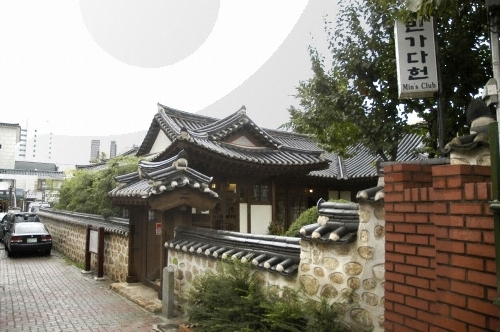
![Myeongdong Guesthouse Como [Korea Quality] / 명동게스트하우스 꼬모 [한국관광 품질인증/Korea Quality]](http://tong.visitkorea.or.kr/cms/resource/89/2709189_image2_1.jpg)
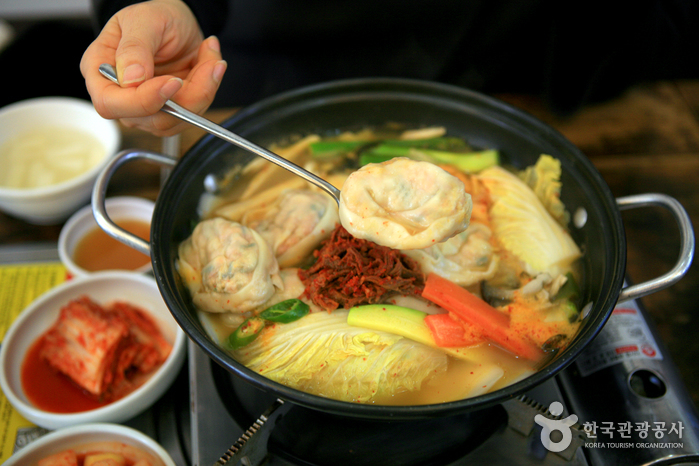
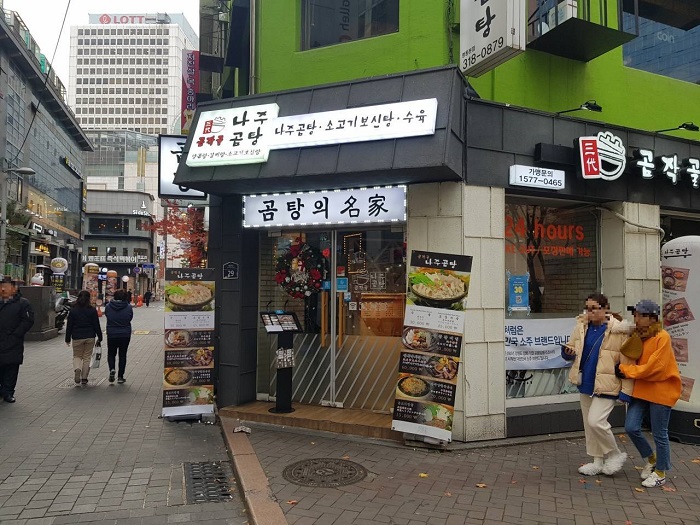
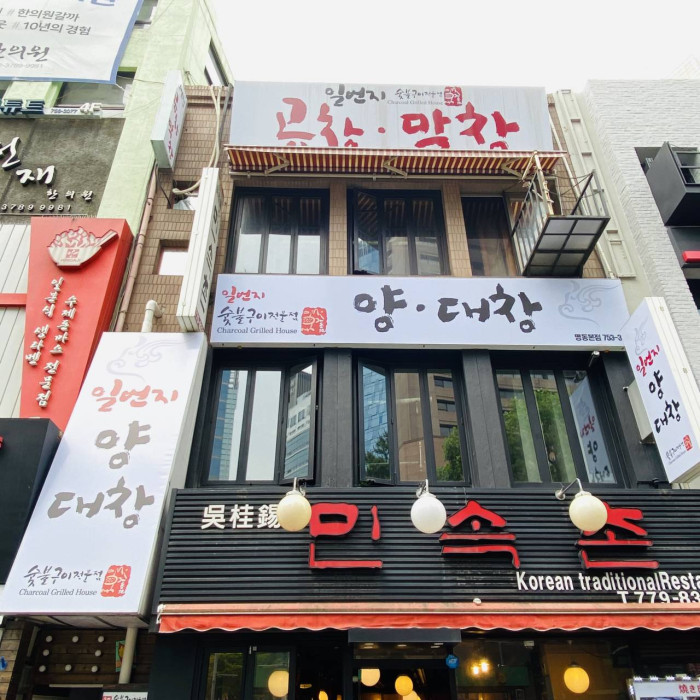
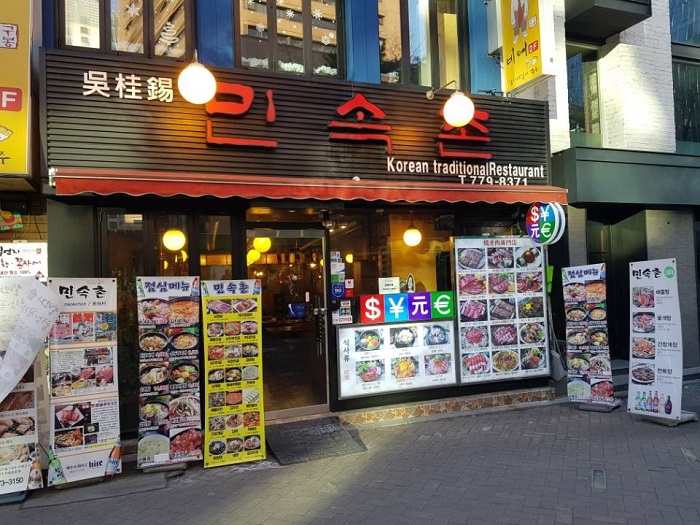
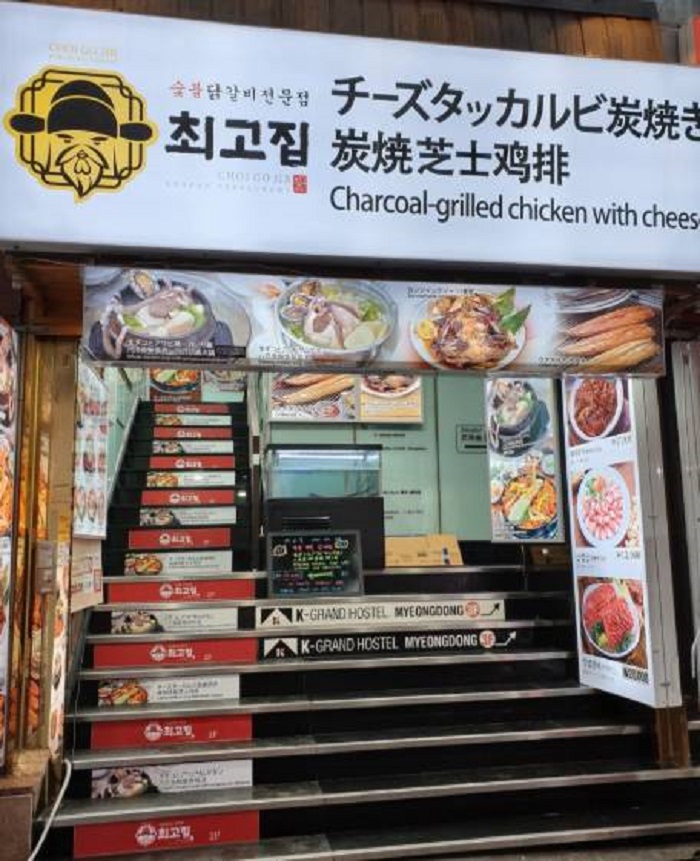
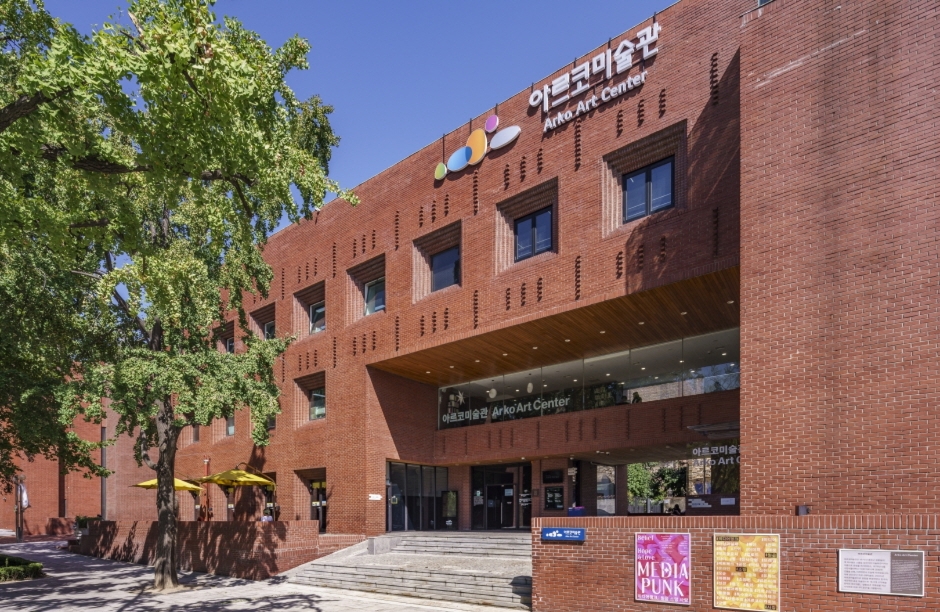
 Français
Français
 한국어
한국어 English
English 日本語
日本語 中文(简体)
中文(简体) Deutsch
Deutsch Español
Español Русский
Русский